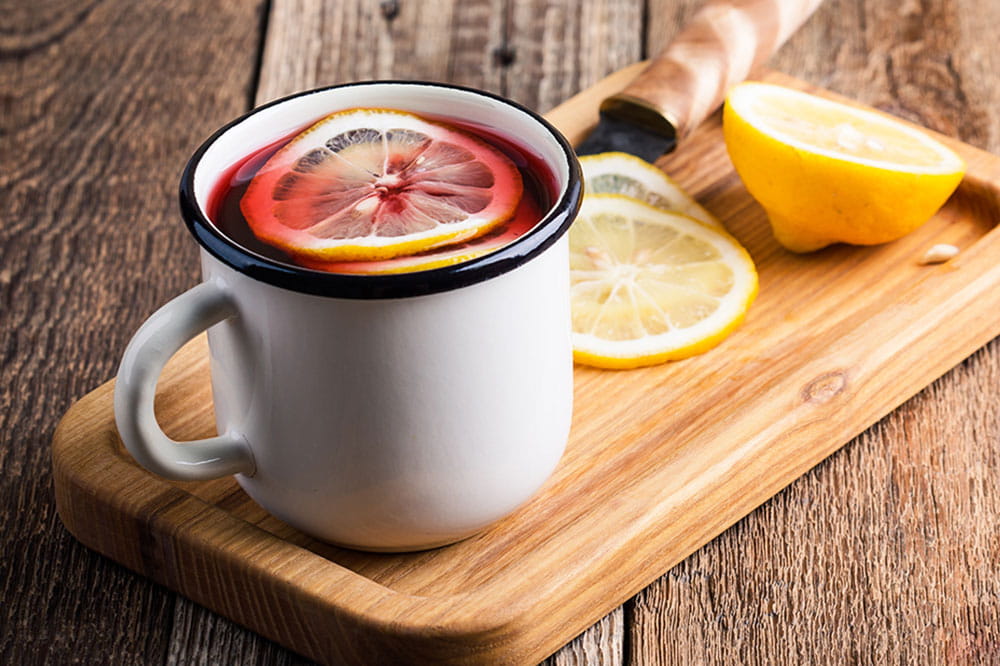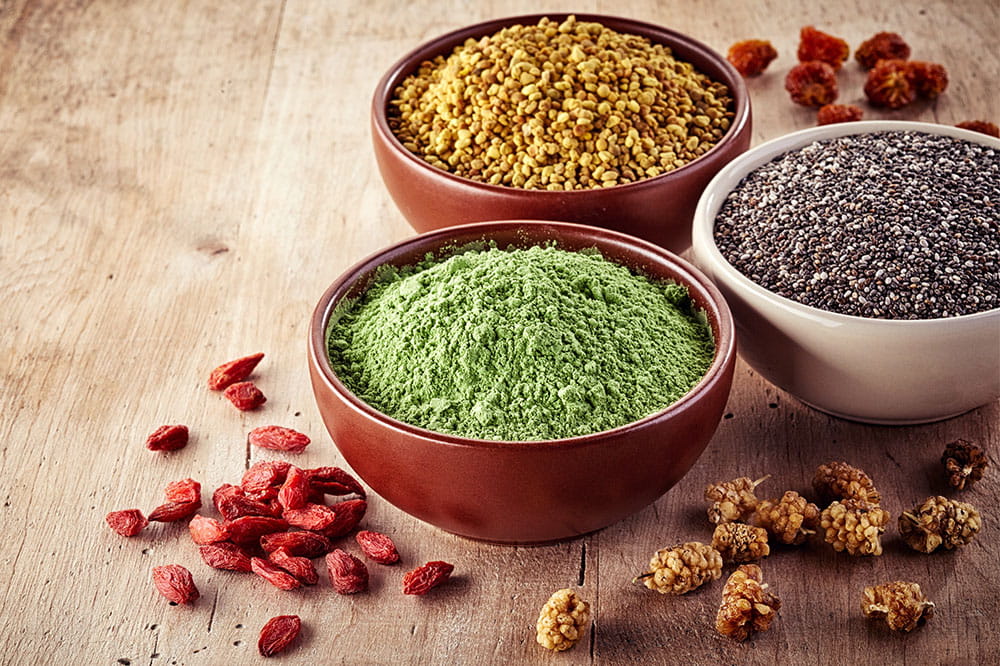Obtain news and background information about sealing technology, get in touch with innovative products – subscribe to the free e-mail newsletter.

27.09.2018 | Story
Coffee on Tap
The new coffee culture has been around for a while. When you order a coffee, you aren’t merely asked whether you would like it black or with milk and sugar. A cappuccino or espresso might be on the menu – or even a café au lait or a cold brew. And that’s not all: Coffee is even on tap today.
It is said that the array of options in Vienna’s coffeehouses was once so extensive that customers made their selection using a color code indicating the different brews. Austria’s neighbor Italy made its own contribution to coffee diversity by launching cappuccinos and the espresso on their triumphant march around the world. An entirely different innovation gave coffee another boost about 20 years ago: Pods and capsules made their way into coffee bars and home kitchens. They made it possible to prepare the beverage easily and quickly — and in controlled portions.
In recent years, new varieties of the venerable drink have reached the market. One example is Kopi Luwak, which is made from the beans that civets of East Asia eat and then excrete. The undigested beans undergo fermentation in the animal’s intestines, which gives the coffee an earthy, full flavor. But the countries of origin have increasingly been capturing civets and keeping them in anything but proper conditions, and the image of this specialty beverage has suffered.

Cold Brew in Bottles
In some of the most recent trends – since they are based on cold coffee – the beverage is making the transition from a stimulant to a form of refreshment. Brewing cold coffee involves pouring cold water on the ground beans and stirring. The brew then stands for up to twelve hours and is then poured through a filter. Without the use of hot water, hardly any bitterness or acid flavor is imparted to the coffee, yet it develops a rich aroma. Especially in warm weather, the beverage becomes a wholesome option when mixed with water, milk or ice. Cold brew has been sold in bottles for some time.
Today coffee is even available on tap – in the form of nitro coffee, a cold brew that is infused with nitrogen. This gives it a creamy consistency and a somewhat sweet flavor. It reminds some people of Guinness, a similarity reinforced by the drawing of the draft beverage in bars and restaurants. The experimentation with coffee has not run its course – far from it. In selected establishments of an American coffee house chain, customers can have their tea and cold drinks suffused with carbon dioxide. As a result, some customers have begun enjoying their coffee in carbonated form – which has tempted the company to consider an expansion of its product line. A small market has even emerged for a mixture of soda and coffee in the United States and Australia. The coffee is prepared as a hot drink and then cooled in a heat exchanger. Then sugar and carbon dioxide are added to the beverage, which is transferred into kegs and cans. These creative approaches to coffee are somewhat reminiscent of the craft beer movement.
Seals Guarantee Cleanliness
There is certainly some doubt as to whether these coffee trends will prevail. But there is no question that Freudenberg has a foothold in the food industry thanks to sealing systems developed for its processes. First of all, whether the drinks are on tap or carbonated, the Freudenberg products in tapping systems and bar dispensers guarantee the hygienic, safe operation of the equipment. As new coffee trends emerge, Freudenberg continually comes up with new materials that are approved for the food and beverage industries and meet the sector’s demanding yet highly sensitive requirements.
Would you like additional information about Freudenberg’s expertise in the food and beverage field? You can learn more here.
More news on the subject Food & Beverage

Join Us!
Experience Freudenberg Sealing Technologies, its products and service offerings in text and videos, network with colleagues and stakeholders, and make valuable business contacts.
Connect on LinkedIn! open_in_new








